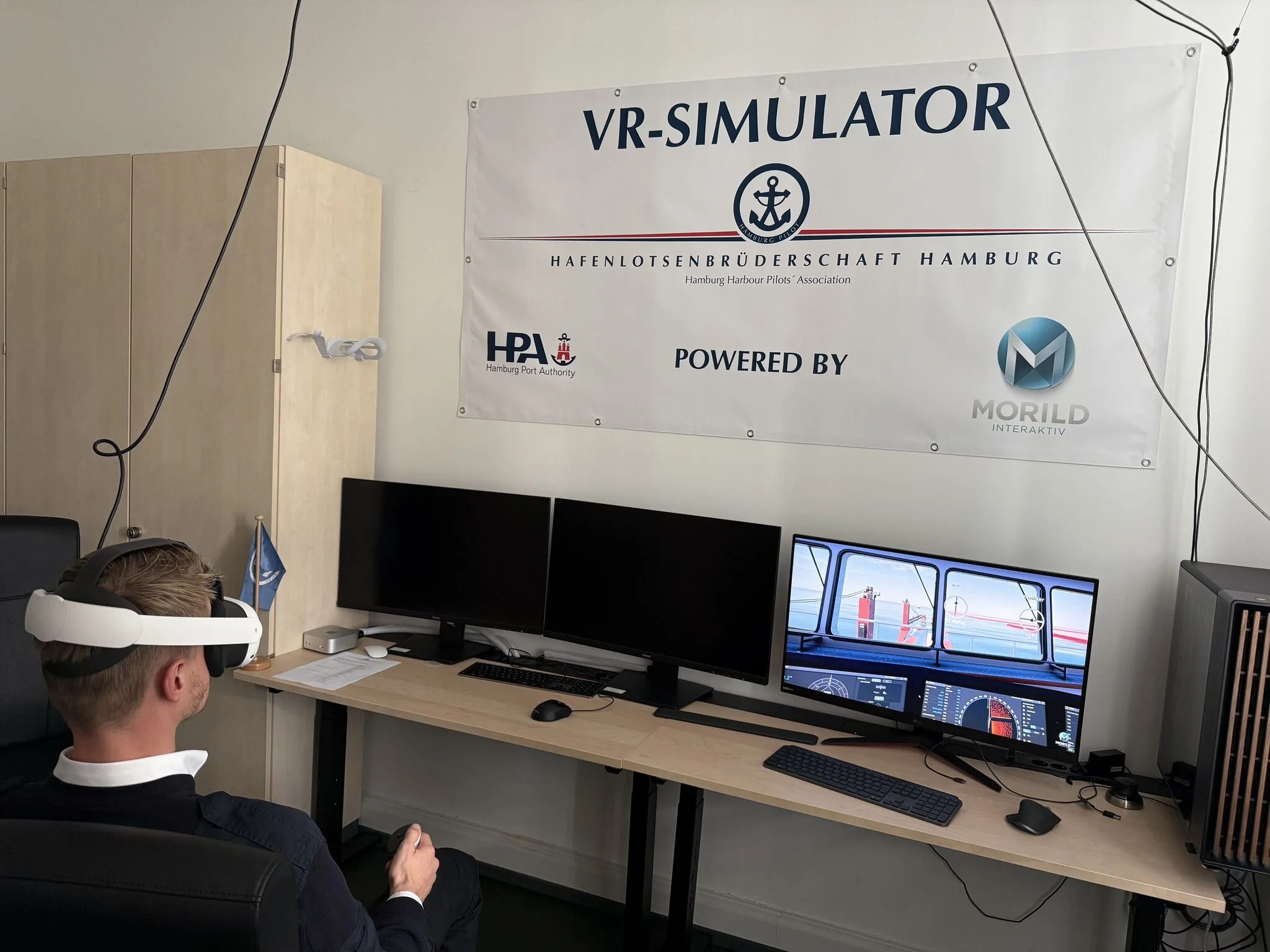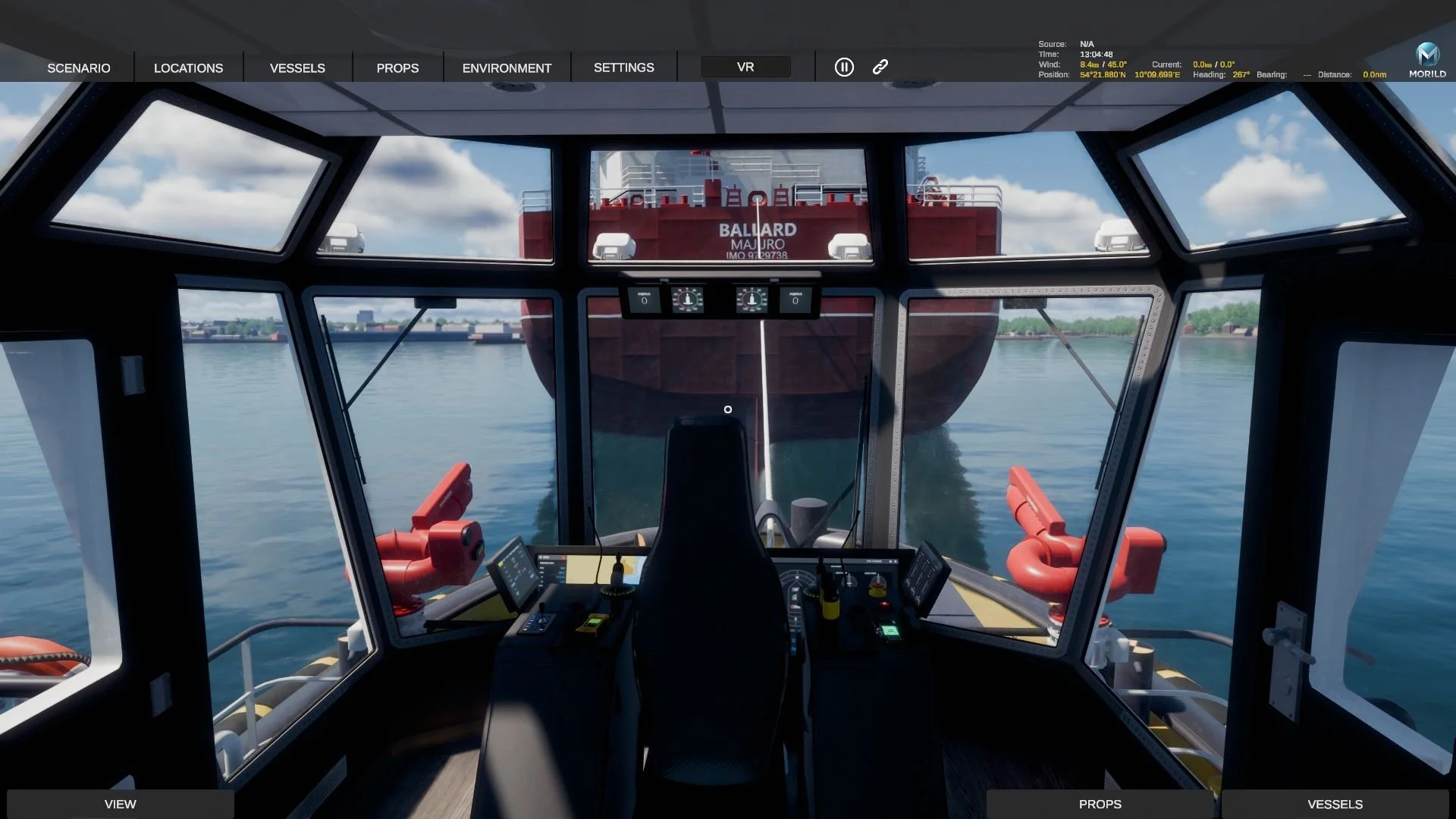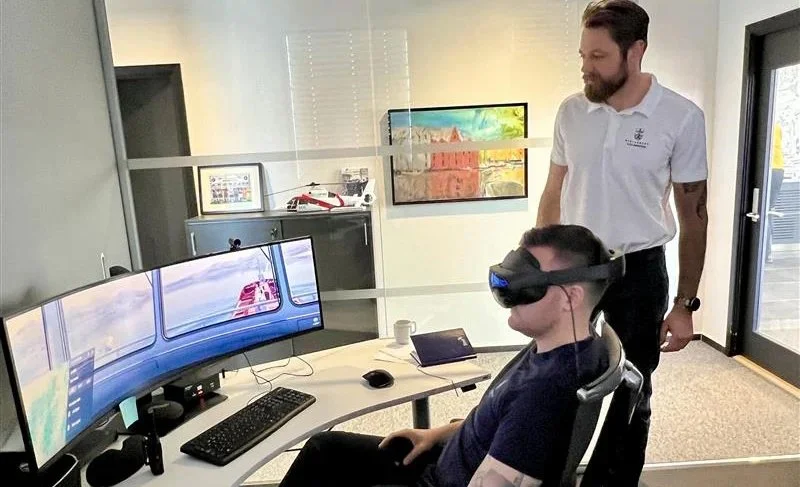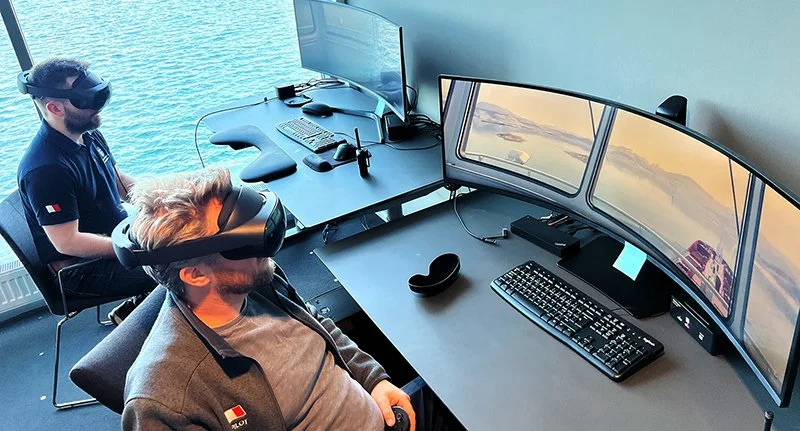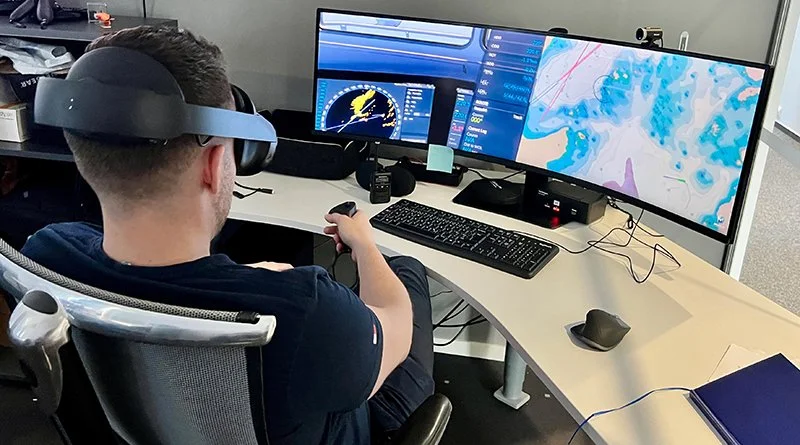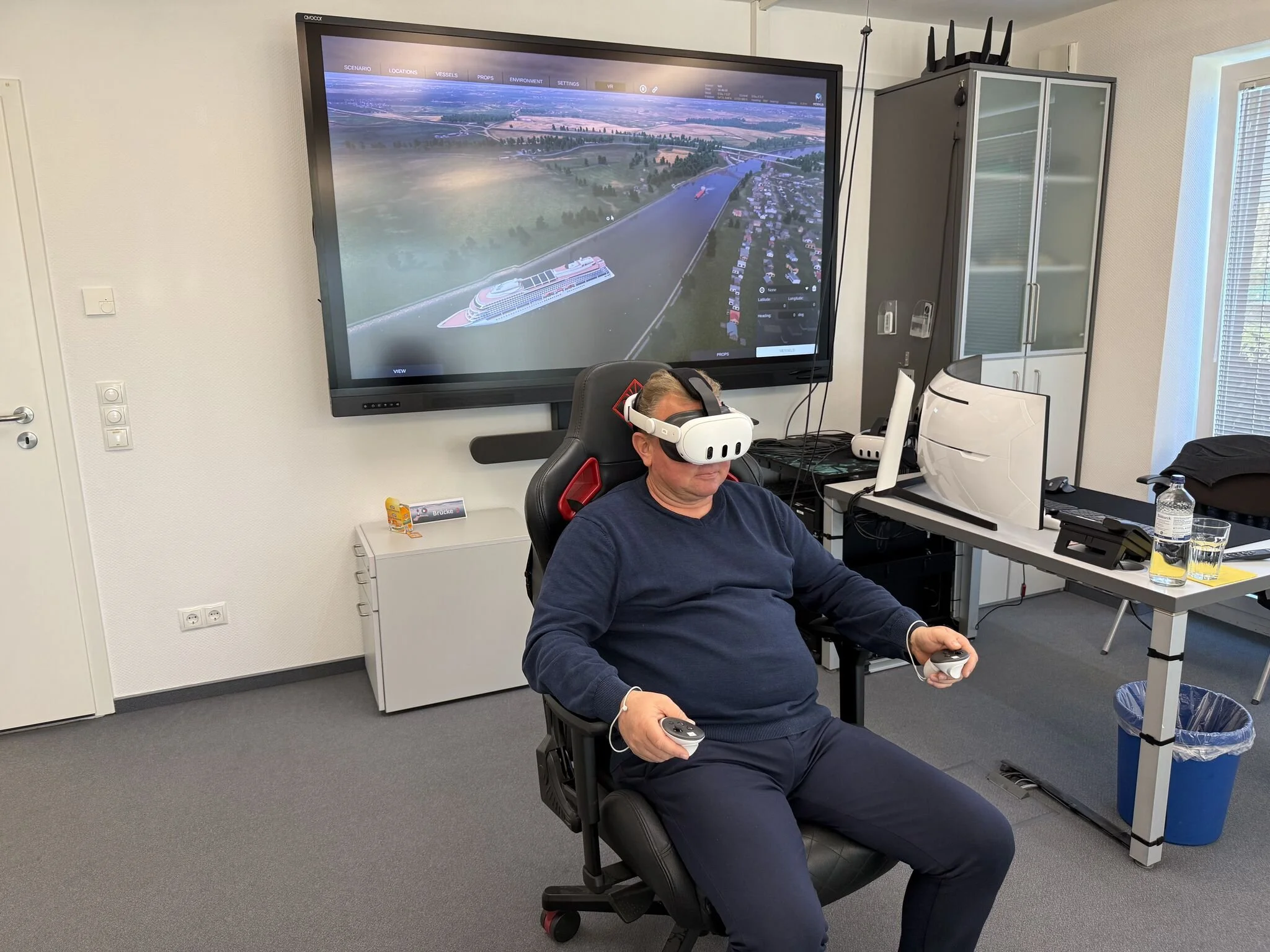We are proud to share that Morild Interaktiv has delivered and deployed our Morild Ship & Bridge VR Simulator System to the newly inaugurated Wlearn Academy Philippines—Wilhelmsen’s modern learning centre dedicated to advancing maritime competence through cutting-edge training technology.
The new facility, officially opened by Group CEO Thomas Wilhelmsen, represents a significant investment in the professional development of Filipino seafarers. The Philippines is home to one of Wilhelmsen’s largest and most experienced seafaring communities, and this centre places high-impact training exactly where it matters most: close to the seafarers who form the backbone of global maritime operations.
Our collaboration with Wilhelmsen reflects a shared vision: empowering seafarers with accessible, realistic, and engaging training tools that strengthen safety and operational performance across the industry.
We congratulate Wilhelmsen on the opening of Wlearn Academy Philippines and are excited to support this forward-thinking initiative with Morild’s simulation technology. Together, we look forward to helping more seafarers train smarter, safer, and closer to home.




